Intro
Discover the ultimate Laparoscopic Gallbladder Surgery Guide, covering minimally invasive cholecystectomy, gallstone removal, and recovery tips, for a safe and effective treatment of gallbladder diseases and symptoms.
The advent of minimally invasive surgical techniques has revolutionized the field of surgery, offering patients faster recovery times, less pain, and reduced scarring. One of the most common procedures to benefit from these advancements is laparoscopic gallbladder surgery, also known as cholecystectomy. This surgical method has become the gold standard for treating gallstones and other gallbladder-related issues, thanks to its numerous benefits and high success rate. As we delve into the world of laparoscopic gallbladder surgery, it's essential to understand the intricacies of this procedure, its advantages, and what patients can expect before, during, and after the operation.
The importance of understanding laparoscopic gallbladder surgery lies in its ability to improve the quality of life for individuals suffering from gallbladder diseases. Gallstones, inflammation, and other conditions can cause significant discomfort, affecting daily activities and overall well-being. By opting for laparoscopic surgery, patients can look forward to a quicker return to their normal routines, minimal scarring, and reduced risk of complications. Moreover, the advancements in medical technology and surgical techniques have made this procedure more accessible and safer for a broader range of patients.
As we explore the realm of laparoscopic gallbladder surgery, it's crucial to recognize the significance of this procedure in modern medicine. With its minimally invasive approach, laparoscopic cholecystectomy has become a preferred method for treating gallbladder diseases, offering a faster and more comfortable recovery compared to traditional open surgery. The procedure involves several small incisions through which a laparoscope (a thin, lighted tube with a camera) and surgical instruments are inserted. The surgeon then removes the gallbladder, and the patient is usually discharged from the hospital within a day or two. This innovative approach has transformed the surgical landscape, providing patients with a more appealing alternative to traditional surgical methods.
Laparoscopic Gallbladder Surgery Overview
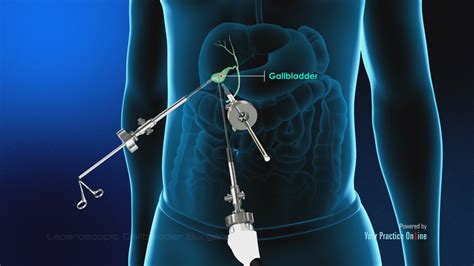
Benefits of Laparoscopic Gallbladder Surgery
The benefits of laparoscopic gallbladder surgery are numerous and well-documented. Some of the most significant advantages include: * Reduced recovery time: Patients can usually return to their normal activities within a week or two, compared to several weeks or even months with traditional open surgery. * Minimal scarring: The small incisions used in laparoscopic surgery result in less noticeable scars, improving the overall cosmetic outcome. * Less pain: The minimally invasive approach reduces tissue trauma, leading to less post-operative pain and discomfort. * Lower risk of complications: Laparoscopic surgery is associated with a lower risk of complications, such as infection, bleeding, and adhesions.Preparation for Laparoscopic Gallbladder Surgery
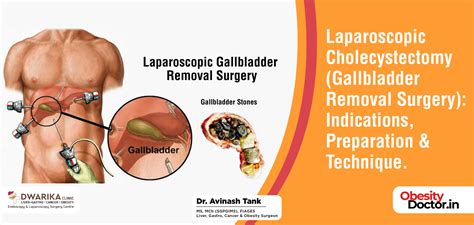
Risks and Complications of Laparoscopic Gallbladder Surgery
While laparoscopic gallbladder surgery is generally considered safe, there are potential risks and complications to be aware of. These include: * Bleeding or hemorrhage: Excessive bleeding during or after the procedure can lead to serious complications. * Infection: As with any surgical procedure, there is a risk of infection with laparoscopic gallbladder surgery. * Injury to surrounding tissues: The gallbladder is located near other vital organs, such as the liver, bile ducts, and small intestine, which can be inadvertently damaged during the procedure. * Adhesions: The formation of scar tissue can lead to bowel obstruction or other complications.Laparoscopic Gallbladder Surgery Procedure
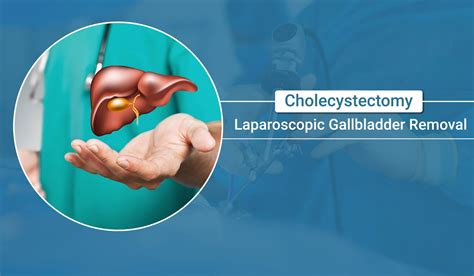
Recovery After Laparoscopic Gallbladder Surgery
Recovery after laparoscopic gallbladder surgery is typically quicker and less painful compared to traditional open surgery. Patients can expect: * Mild to moderate pain and discomfort, which can be managed with pain medication. * Nausea and vomiting, which can be alleviated with anti-nausea medication. * Fatigue and weakness, which can last for several days or weeks after the procedure. * Dietary restrictions, such as a low-fat diet, to help the body adjust to the absence of the gallbladder.Life After Laparoscopic Gallbladder Surgery
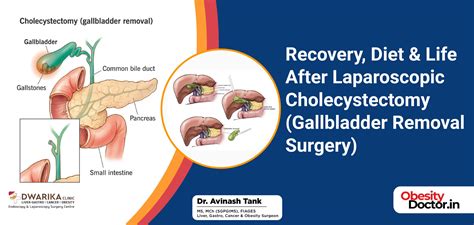
Dietary Changes After Laparoscopic Gallbladder Surgery
Dietary changes are crucial after laparoscopic gallbladder surgery to help the body adjust to the absence of the gallbladder. Patients are often advised to: * Follow a low-fat diet, avoiding fatty or greasy foods that can cause discomfort. * Eat smaller, more frequent meals to help the digestive system adjust. * Avoid spicy or high-fiber foods that can irritate the digestive tract.Laparoscopic Gallbladder Surgery FAQs
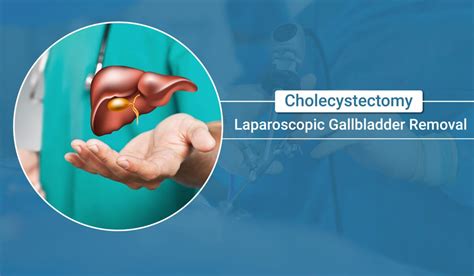
What is laparoscopic gallbladder surgery?
+Laparoscopic gallbladder surgery, also known as cholecystectomy, is a minimally invasive procedure to remove the gallbladder using a laparoscope and surgical instruments inserted through small incisions.
What are the benefits of laparoscopic gallbladder surgery?
+The benefits of laparoscopic gallbladder surgery include reduced recovery time, minimal scarring, less pain, and lower risk of complications compared to traditional open surgery.
What can I expect after laparoscopic gallbladder surgery?
+After laparoscopic gallbladder surgery, you can expect mild to moderate pain and discomfort, nausea and vomiting, fatigue, and dietary restrictions. Most patients can return to their normal activities within a few weeks.
In conclusion, laparoscopic gallbladder surgery is a safe and effective procedure for treating gallbladder diseases. By understanding the benefits, risks, and complications associated with this procedure, patients can make informed decisions about their treatment options. If you're considering laparoscopic gallbladder surgery, consult with a qualified surgeon to discuss your individual case and determine the best course of action. We invite you to share your experiences, ask questions, or provide feedback on this article, and we look forward to helping you navigate the world of laparoscopic gallbladder surgery.
